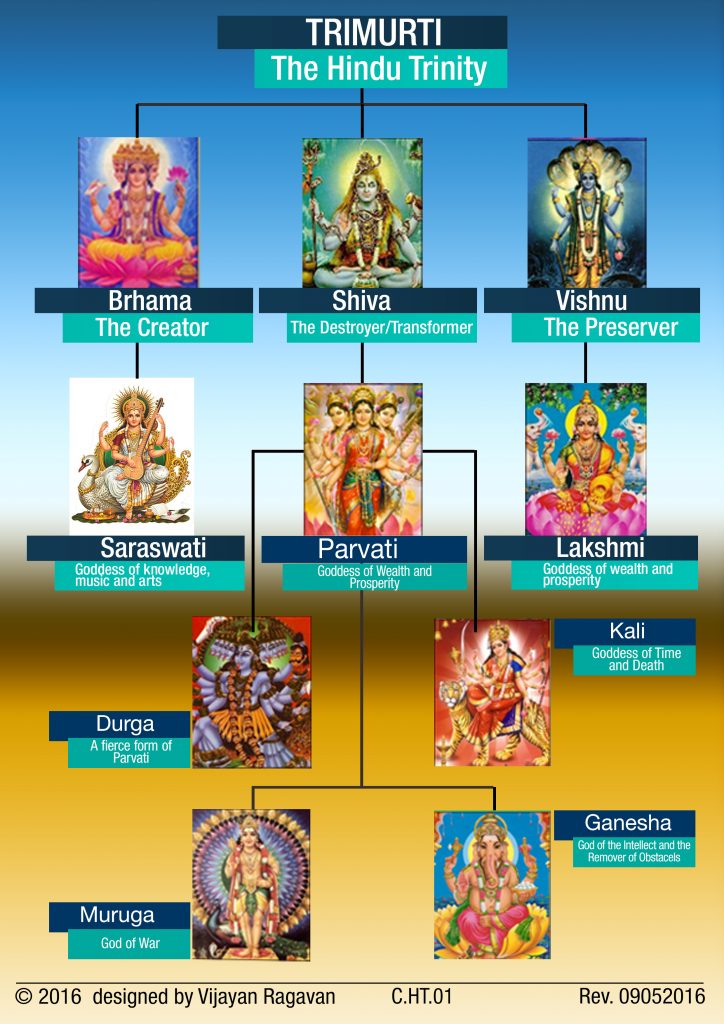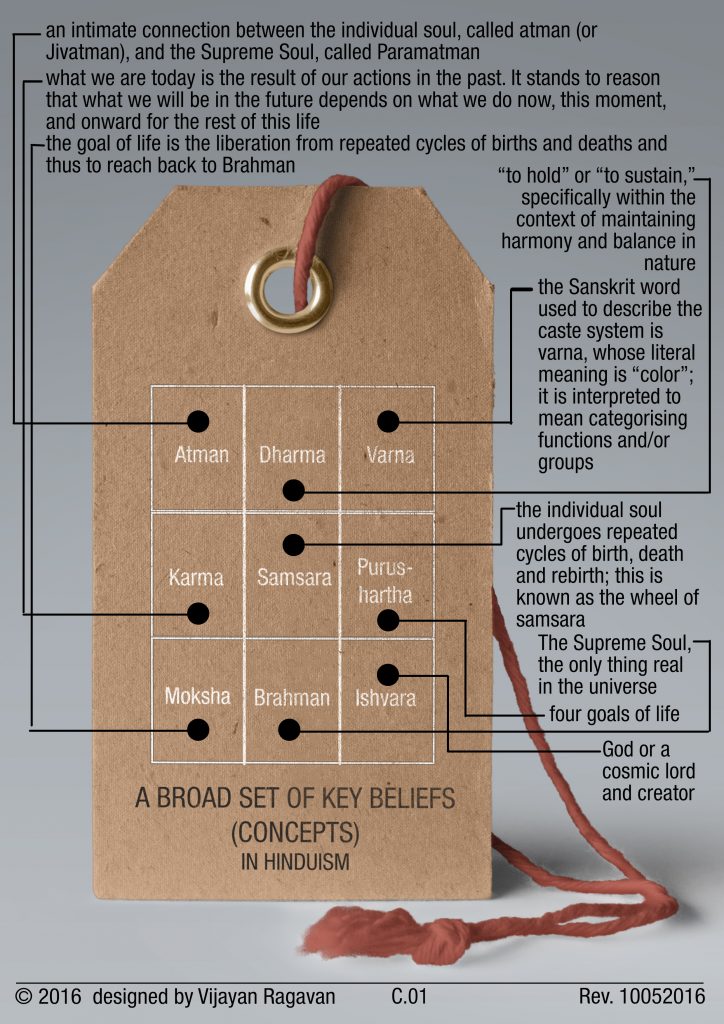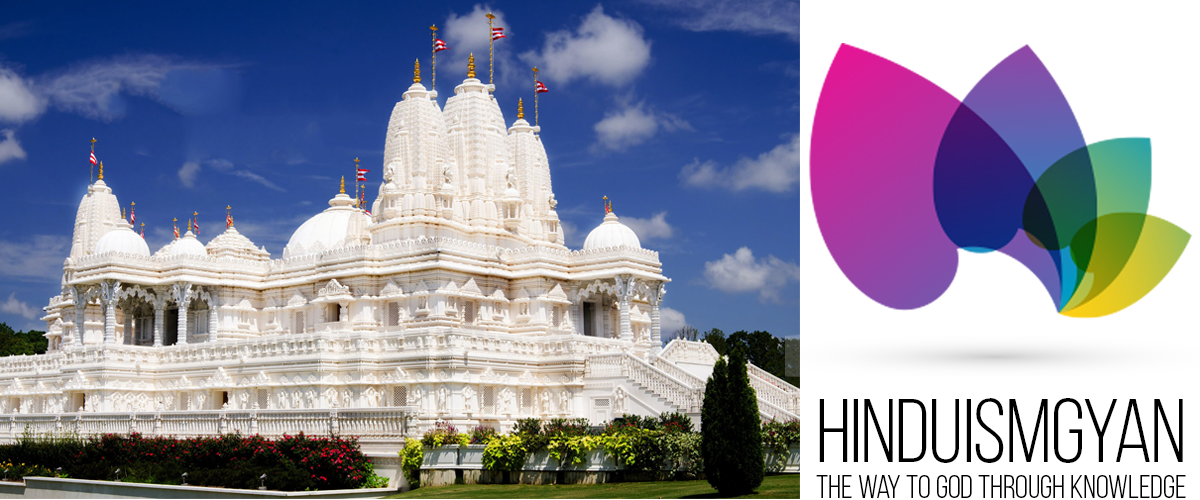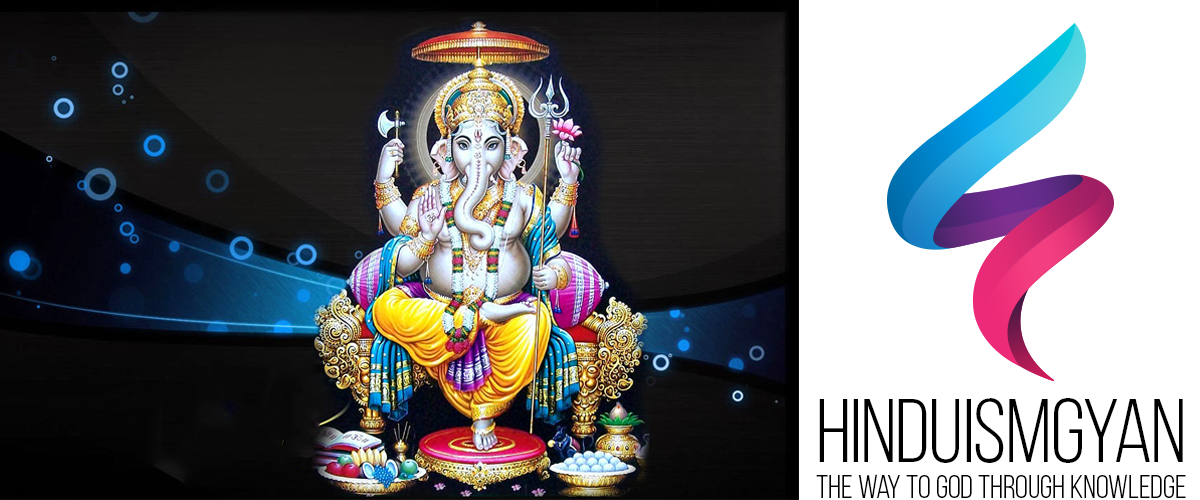
The Merriam-Webster Dictionary defines a concept as an idea of what something is or how it works. The Collins English Dictionary defines a concept as used in philosophy as a general idea or notion that corresponds to some class of entities (something that has a real existence or a thing) and that consists of the characteristic or essential features of the class.
The Hindu Triumvirate
The Hindu triumvirate, or trimurti with all the various Gods and Goddesses, and the Hindu concepts of Atman, Dharma, Varna, Karma, Samsara, Purushartha, Moksha, Brahman, Bhagavan, and Ishvara.
The Hindu Trinity
The Hindu Trinity identifies three gods at the head of a hierarchy of gods. These three are Brahma whose main function is to create, Vishnu who sustains the created universe, and Shiva, who is in charge of dissolution prior to the next time cycle of creation in an endless Cycle. In simplistic terms, these three are sometimes referred to as Creator, Sustainer, and Destroyer respectively. Each of these major gods has a female consort also playing a major role.
- Saraswati who is the consort of Brahma, is the goddess of learning.
- Lakshmi, who is the consort of Vishnu, is the goddess of wealth and well-being.
- Devi, who is Shiva’s consort, represents the creative power known as Shakti.
Below these primary gods are a variety of forms of gods including the avatars of Vishnu.
The chart Trimurti (The Hindu Trinity) C.HT.01 below represents the hierarchy of gods.

The Hindu Concepts
A broad set of beliefs stem from that most basic of beliefs, and they include the following:
Belief in the Supreme Soul: This being is identified as Brahman, the universal spirit. Brahman is the One who reveals himself in the minds of the sages and seers as the Supreme Consciousness. Hindus understand Brahman to be the only thing real in the universe. All else is therefore unreal, false or illusory, and untrue. Brahman sounds like an abstract entity but is entirely real in every sense — the one and only Reality.
The belief that Truth is the goal of life: The goal of life, according to Hindus, is to reach back to Brahman, the one Reality, by realizing our true nature. That goal is defined as moksha: liberation from repeated cycles of births and deaths. The goal is to realize unity, or oneness, with Brahman. For that reason, the Hindu prays, “Asato ma sat gamaya,” which means “Lead me from the unreal to the real.”
Belief in the authority of the Vedas: The Vedas are Hindu sacred books of knowledge, written in Sanskrit, the ancient and liturgical language of India. There are four Vedas: Rig Veda, Yajur Veda, Atharva Veda, and Sama Veda. Hindus believe that all four were revealed to Hindu sages. The Vedas contain hymns of praise to various gods, procedures for sacrificial rites and rituals, recommendations of cures for all ills, and musical chants appropriate for rituals. The Vedas are considered so sacred that the very definition of a Hindu is often stated as one who accepts/believes in the authority of the Vedas.
Belief in the idea that time is circular and not linear: According to this concept of time, there are no beginnings and no endings; time is simply a continuum. Hindus define periods of time as cyclical in nature, with each cycle containing four subperiods known as yugas: Krita, Treta, Dwapara, and Kali. Added together, the four yugas total about 4.32 million years. At the end of each cycle, gradually declining time spans and human values lead to dissolution. Then another period starts, and the cycle repeats all over again. This view of time has helped in developing the ancient Hindu perspective on life — a perspective that allows for a tolerant view of events and people.
Belief in karma and karmic consequences: Karma is an action that relates to service, a specific service to society. Hindus believe that what we are today is the result of our actions in the past. It stands to reason that what we will be in the future depends on what we do now, in this moment, and onward for the rest of our life.
Belief in the concept of dharma: The root word for dharma is dhr, which means “to hold” or “to sustain,” specifically within the context of maintaining harmony and balance in nature. Dharma or right conduct is so central to Hindu life that it encompasses everyone, irrespective of age, station in life, or caste. Each being has its own dharma consistent with its nature. A tiger’s dharma, for example, is to kill and eat its prey. Yielding milk to sustain the life of the young is a cow’s dharma. The dharma of humans is to serve.
Belief intolerance as the core value: Ancient universities and religious centers in India attracted students and visitors from many parts of the settled world. They were invited to debate and inquire into religious ideas. With this same spirit, modern Hindus accept all religions to be true and self-contained. A Hindu hymn asserts this view by comparing the various paths to God with hundreds of rivers and streams all mingling finally with the ocean.
These fundamental beliefs have paved the way for Hindus to develop a philosophical outlook on life. This outlook is based firmly on the belief in an intimate connection between the individual soul, called atman (or Jivatman), and the Supreme Soul, called Paramatman. Broadly speaking, these fundamentals comprise a code of behavior that continues to form the contemporary Hindu view of life.
Infographic C.01 shows an overview of the nine (9) concepts or basic beliefs in Hinduism. Details on each of these concepts will be updated in due course.

References:
- Amrutur, VS, 2011, Hinduism For Dummies, Wiley Publishing, New Jersey, USA
- Joyce, BF, 2015, Everyday Hinduism, Wiley Blackwell, West Sussex, United Kingdom
- Linda, J, 2009, 2 ed, The Complete Idiot’s Guide to Hinduism, Alpha Books, New York, USA
- Steven, JR, 2006, Essential Hinduism, Praeger, London, United Kingdom
- What is Hinduism? 2007, 1st ed. Himalayan Academy, Hawaii, USA











